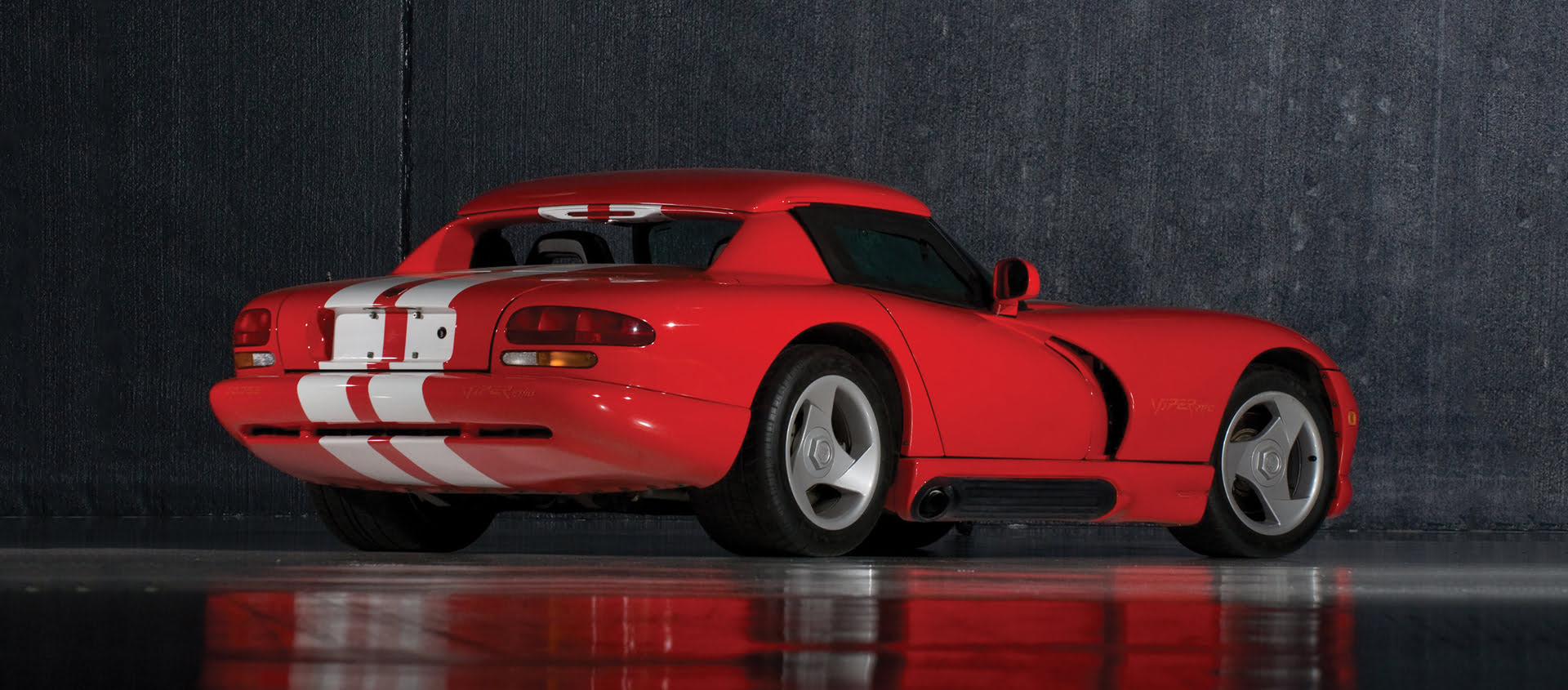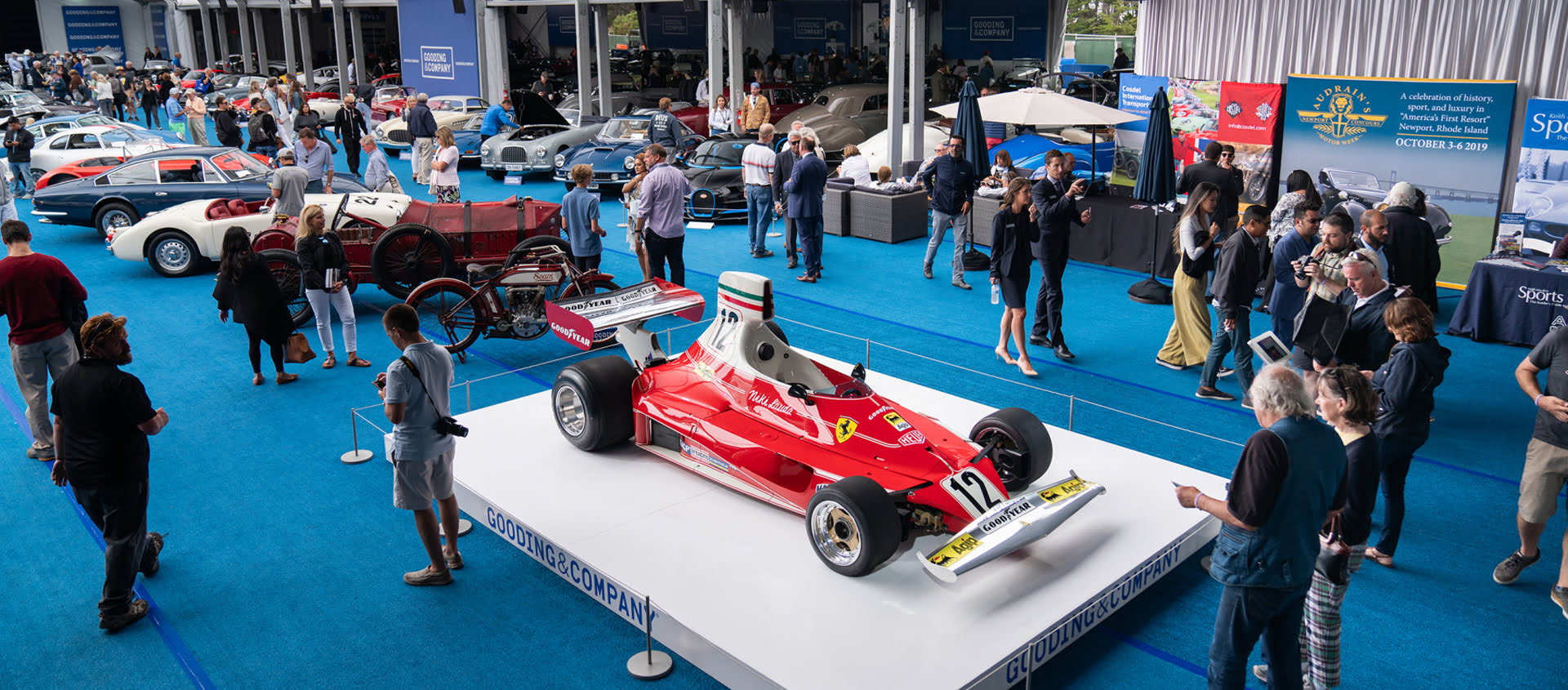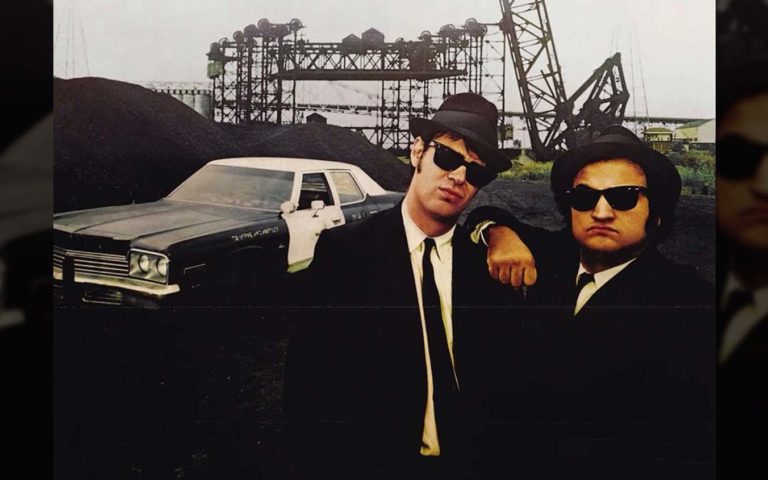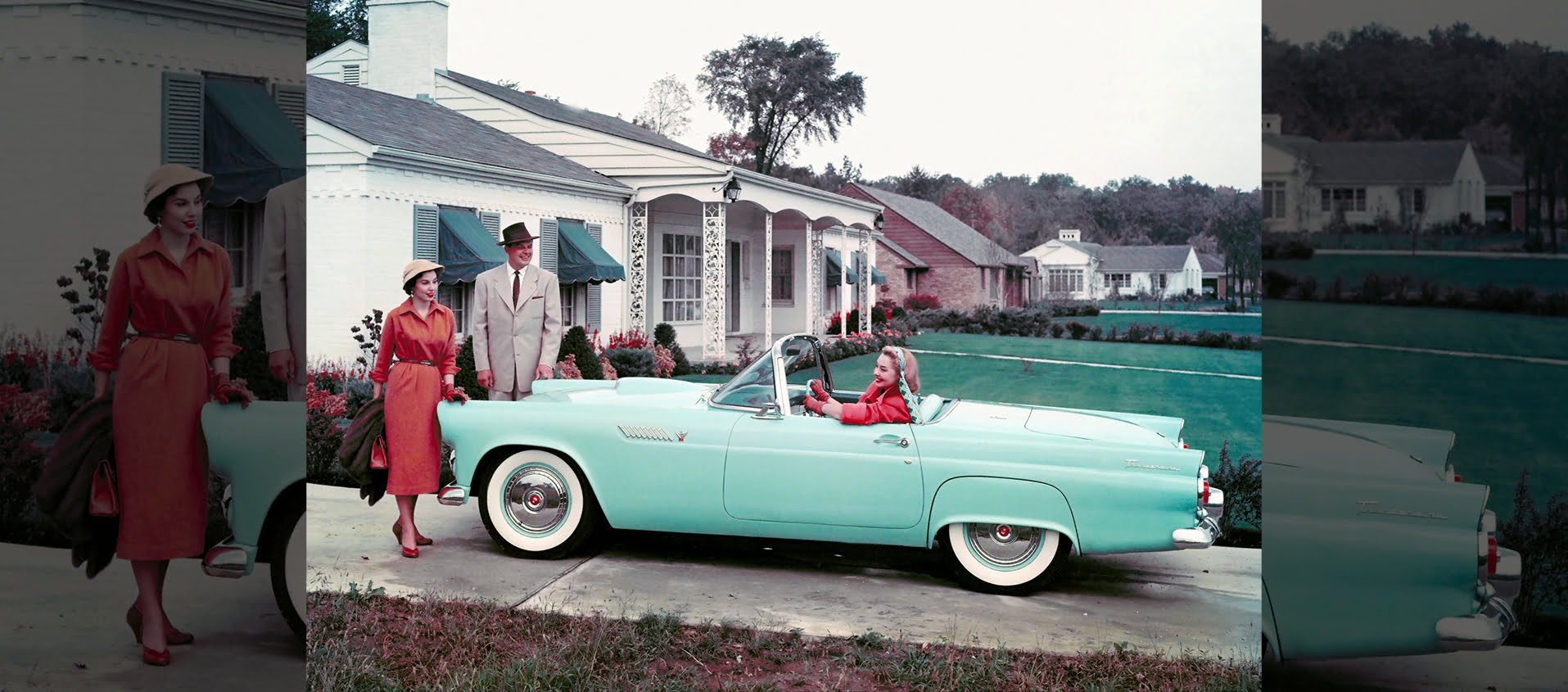Dodge Viper. The Pride of the Stars and Stripes
29 April 2020 1 min read 3 images

There are cars that are born to deliver a message. The Dodge Viper is a perfect example: a ragged Chrysler on the verge of bankruptcy saved by a brave and brilliant Lee Iacocca, managed to send out a strong message of “American pride” with a model that had absolutely nothing to do with the monotony of mass production. the year was 1989, Chrysler had returned to health and bought Lamborghini and had among its consultants the one and only Carroll Shelby who had made the Stars and Stripes proud in the World Sports Prototype Championship races with the AC Cobra. In short: they had it all: Lamborghini was asked to lighten and enhance the large 7,986cc V10 used for a truck within the range while the car's design was inspired by the Cobra: front engine, no concessions made to accessories or driver assistance, ABS included, six-speed manual transmission, and off you go!
Register to unlock this article
Signing up is free and gives you access to hundreds of articles and additional benefits. See what’s included in your free membership. See what's included in your free membership.
Already have an account? Log In



